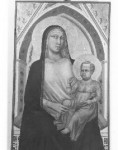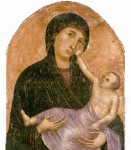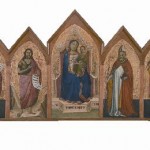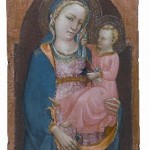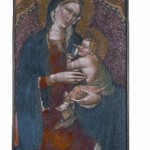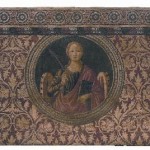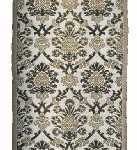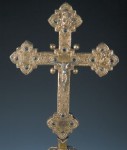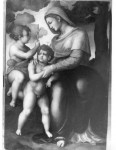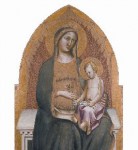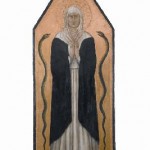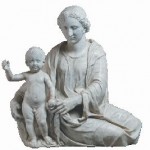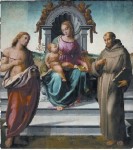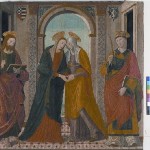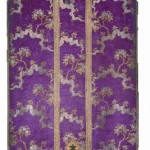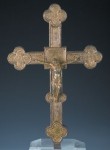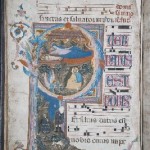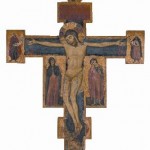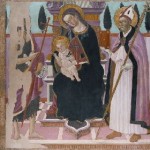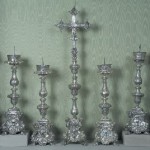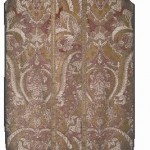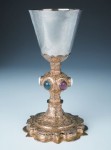The museum was inaugurated in 1999 and is housed in the premises adjacent to the shrine of Santa Verdiana, the principal place of worship in Castelfiorentino dedicated to the patron saint.
In the museum, there are works of art of a very high standard that testify to the local artistic history, which was particularly linked to Florence’s, since from the beginning of the 12th century Florence had dominion over the ancient fief of Castelfiorentino, which was an important political outpost situated on the border with Siena.
The collection includes numerous paintings, illuminated codices and more than one hundred pieces of silver and vestments, altar cloths and holy vessels made over five centuries. The works come from churches or ancient religious societies around Castelfiorentino, which came to Santa Verdiana after the suppression of some religious orders or to safeguard their preservation.

